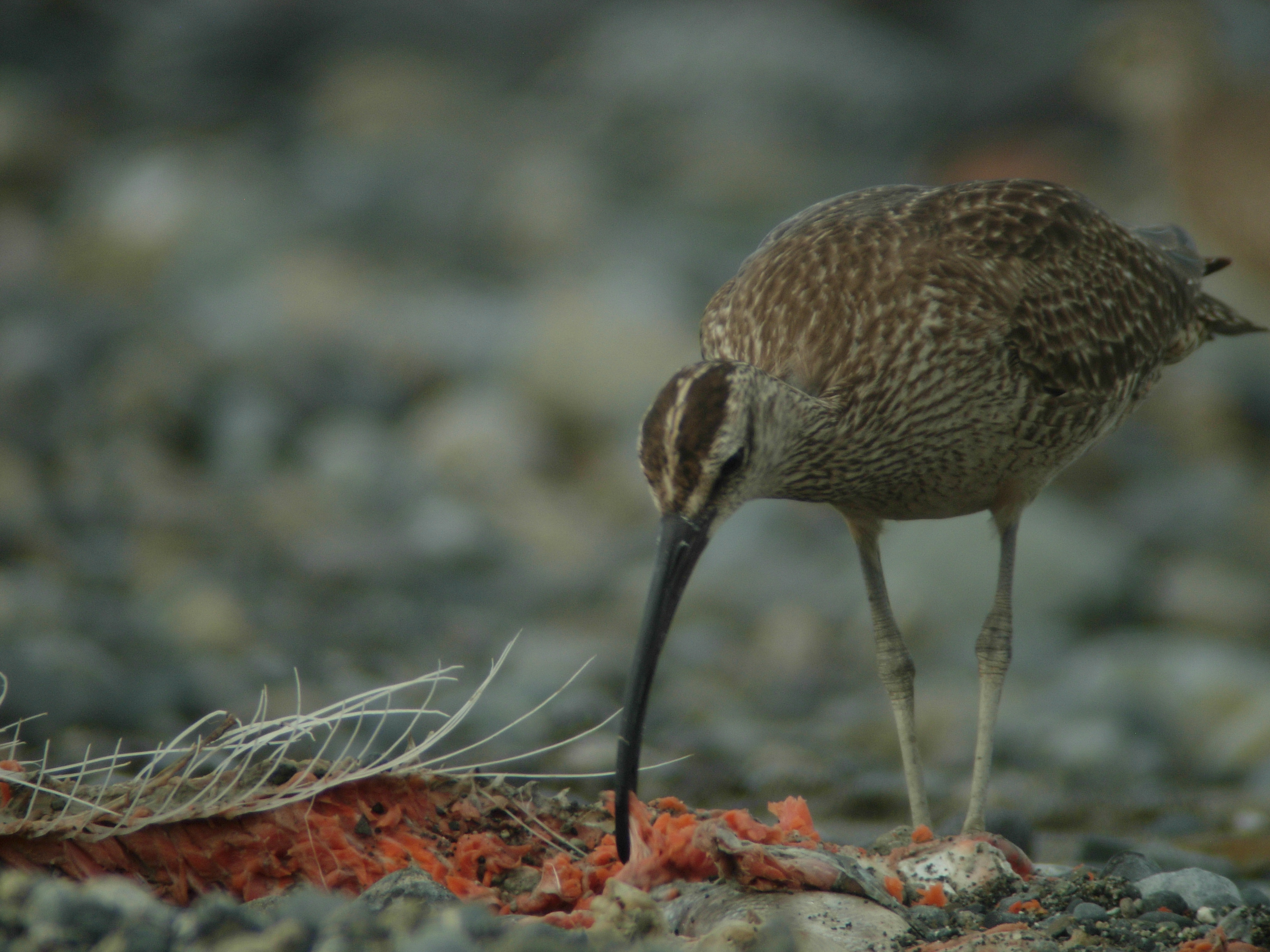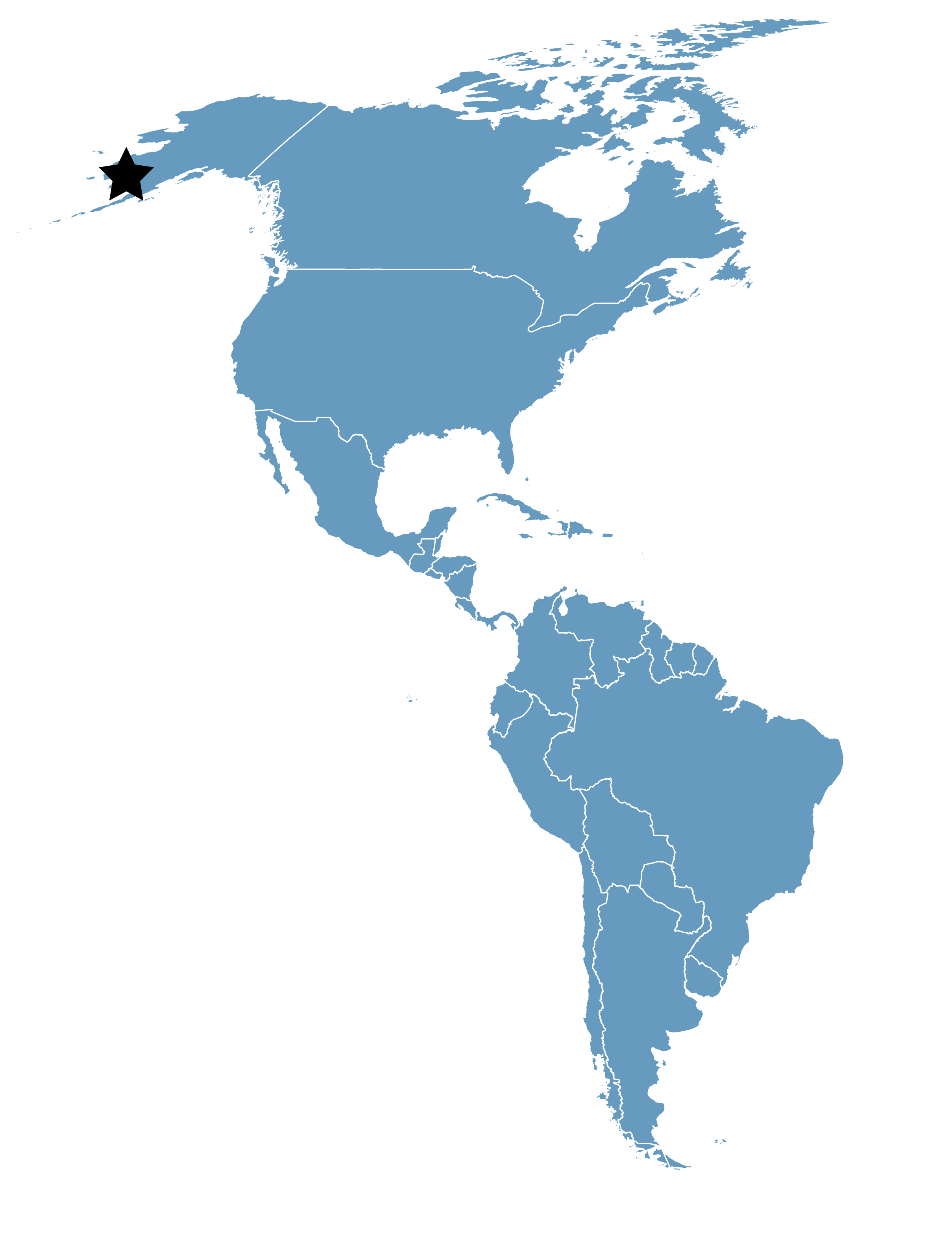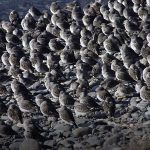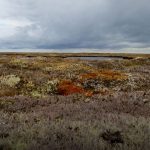Kvichak Bay
Location
Alaska, United States
Category
Regional
Basis for Designation
More than 20,000 shorebirds annually.
Size
140,800 hectares (347,924 acres)
Date Designated
March 2001
Site Owner
Bureau of Land Management
Alaska Depst of Natural Resources and Fish and Game
Levelock Native Village
Naknek Village
Qinuyang-South Naknek Native Village
Site Partners
Bristol Bay Borough
Bristol Bay Native Association
Bristol Bay Native Corporation
Overview
Kvichak Bay is located at the head of the much larger Bristol Bay and encompasses lands from Etolin Point near Nushagak Bay east and south to about 35 km south of the village of Naknek (Cape Chichagof). The bay is fed by the Kvichak and Naknek rivers and several other smaller drainages. About 530 km2 of intertidal habitat fringes the bay, mostly unvegetated mud flats and sand flats. Areas especially attractive to shorebirds in autumn occur south of Naknek off Johnston Hill; from Naknek north to Libbyville: throughout Halfmoon Bay; and along the western shore from Lake Point to Etolin Point near Nushagak Bay. At low tide extensive intertidal habitat is exposed throughout upper Kvichak Bay, which supports thousands of shorebirds, particularly in fall.

Whimbrel.
The area along the southern shore of Bristol Bay support hundreds of thousands of individual shorebirds and high proportions of several flyway populations of shorebirds. Shorebirds that use these habitats migrate south to spend the winter along the Pacific coast of the Americas or cross the Pacific Ocean to Australia, New Zealand, Southeastern Asia, and Oceania. Dominant species include the Dunlin, Western Sandpiper, Long-billed Dowitcher, Short-billed Dowitcher, Rock Sandpiper, and Bar-tailed Godwit. For species that migrate directly across the ocean to Hawaii or other South Pacific islands (e.g., Pacific Golden-Plover, Bar-tailed Godwit, Ruddy Turnstone), Bristol Bay lagoons provide the last stopover before undertaking long overwater flights. Dunlins, dowitcher, and possibly Western Sandpipers also use the peninsula’s lagoons to replenish energy reserves before departing for non-stop flights across the Gulf of Alaska.









